X
This article was co-authored by Theresa Fitzpatrick, LMSW. Theresa Fitzpatrick is a Certified Holistic Health Coach and the Owner of Mind Your Body Holistic Coaching. She specializes in helping women lose weight and gain confidence. Theresa holds a Master of Social Work from Fordham University and received her Transformational Coach Certification from The Health Coach Institute.
This article has been viewed 63,306 times.
In choosing the right food, there are many factors to consider, including taste, nutrition, culture, affordability, and personal preference. It is a common misconception that everything that tastes good is bad for you.
Steps
Expert Q&A
-
QuestionWhat are trigger foods?
 Theresa Fitzpatrick, LMSWTheresa Fitzpatrick is a Certified Holistic Health Coach and the Owner of Mind Your Body Holistic Coaching. She specializes in helping women lose weight and gain confidence. Theresa holds a Master of Social Work from Fordham University and received her Transformational Coach Certification from The Health Coach Institute.
Theresa Fitzpatrick, LMSWTheresa Fitzpatrick is a Certified Holistic Health Coach and the Owner of Mind Your Body Holistic Coaching. She specializes in helping women lose weight and gain confidence. Theresa holds a Master of Social Work from Fordham University and received her Transformational Coach Certification from The Health Coach Institute.
Certified Holistic Health Coach Trigger foods have a negative impact on your body overall. They might lead to digestive issues, skin problems, chronic headaches, sore joints, low energy, and mood swings.
Trigger foods have a negative impact on your body overall. They might lead to digestive issues, skin problems, chronic headaches, sore joints, low energy, and mood swings. -
QuestionHow do I find my trigger food?
 Theresa Fitzpatrick, LMSWTheresa Fitzpatrick is a Certified Holistic Health Coach and the Owner of Mind Your Body Holistic Coaching. She specializes in helping women lose weight and gain confidence. Theresa holds a Master of Social Work from Fordham University and received her Transformational Coach Certification from The Health Coach Institute.
Theresa Fitzpatrick, LMSWTheresa Fitzpatrick is a Certified Holistic Health Coach and the Owner of Mind Your Body Holistic Coaching. She specializes in helping women lose weight and gain confidence. Theresa holds a Master of Social Work from Fordham University and received her Transformational Coach Certification from The Health Coach Institute.
Certified Holistic Health Coach Try doing a food detox. Remove some common trigger foods and ingredients from your diet, like dairy products, eggs, soy, gluten products, sugar, alcohol, caffeine, tomatoes, pepper, and caffeine to see if you feel any better.
Try doing a food detox. Remove some common trigger foods and ingredients from your diet, like dairy products, eggs, soy, gluten products, sugar, alcohol, caffeine, tomatoes, pepper, and caffeine to see if you feel any better.
Advertisement
Warnings
- Do not force foods on people who refuse them for cultural/ethnic reasons.⧼thumbs_response⧽
- Remember that your body changes with time. What your digestive system could easily tolerate when you were younger may be too much for it now.[4]⧼thumbs_response⧽
Advertisement
References
- ↑ Theresa Fitzpatrick, LMSW. Certified Holistic Health Coach. Expert Interview. 23 August 2021.
- ↑ Theresa Fitzpatrick, LMSW. Certified Holistic Health Coach. Expert Interview. 23 August 2021.
- ↑ Theresa Fitzpatrick, LMSW. Certified Holistic Health Coach. Expert Interview. 23 August 2021.
- ↑ Theresa Fitzpatrick, LMSW. Certified Holistic Health Coach. Expert Interview. 23 August 2021.
About This Article
Advertisement







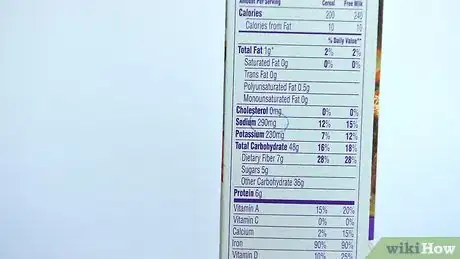


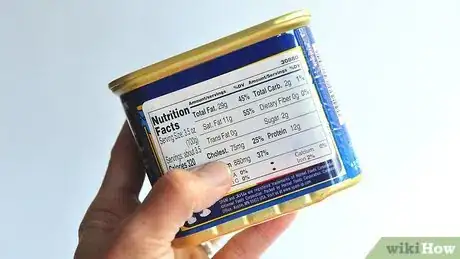
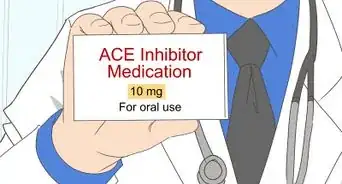

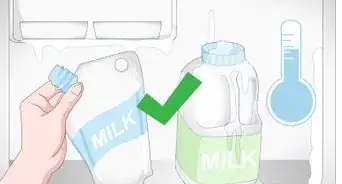











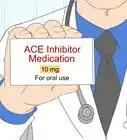
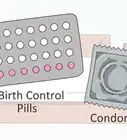





































Medical Disclaimer
The content of this article is not intended to be a substitute for professional medical advice, examination, diagnosis, or treatment. You should always contact your doctor or other qualified healthcare professional before starting, changing, or stopping any kind of health treatment.
Read More...